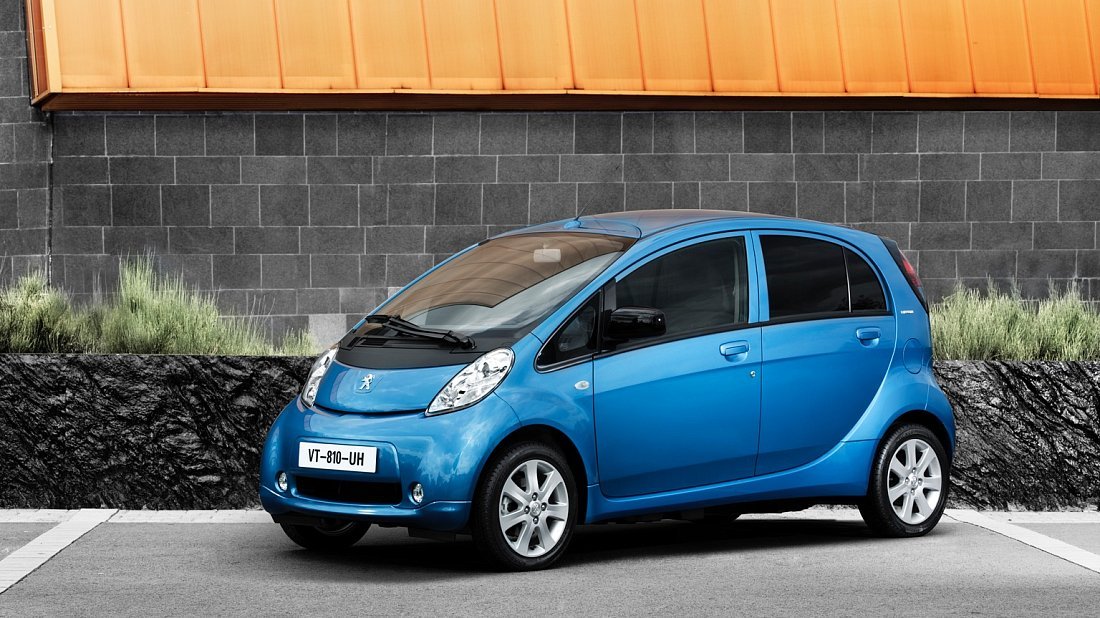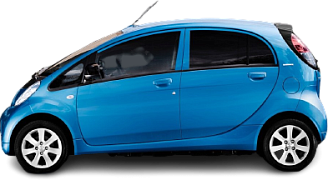EURO 1-phase 10A
- Socket specs
Socket specs
- 230 V, 10 A, 1-phase
- Socket output
Socket output
- 2.3 kW
- Charging 20-80%
Charging 20-80%
- 04 h 12 min (~14 km/h)


The Peugeot iOn is an all-electric rear-wheel drive hatchback. It came out in 2016. Peugeot stopped making the Peugeot iOn in 2020.
The Peugeot iOn has a 16 kWh battery pack, allowing it to travel up to 99 km on a single charge. The car has an average efficiency of 14.6 kWh per 100 km (or 146 Wh/km) — ranked №583 out of 586 electric vehicles.
The Peugeot iOn can accelerate from 0 to 100 km/h in 15.9 seconds (ranked №570 out of 586 electric vehicles) and reach a top speed of 130 km/h.
The car’s powertrain delivers up to 47 kW (63 hp) of power and 196 Nm of torque.
The estimated real-world range for Peugeot iOn falls between 89–109 km, ranking it №583 out of 586 electric vehicles. Several conditions can influence this range:
These figures are approximations, and your actual driving range may vary. When planning trips, consider these factors and be prepared for potential charging stops.
For trip planning assistance, utilize the EV Navigation interactive map.
The car doesn't support DC charging
Use our Charging calculator to estimate charging time, rate, and cost.
Peugeot iOn comes in the following dimensions:
The rear cargo area of the Peugeot iOn provides 166 litres of space when the rear seats are upright (ranked №545 out of 586 electric vehicles).
Folding these seats down unlocks a maximum cargo capacity of 860 litres (ranked №545 out of 586 electric vehicles).
The car doesn’t have a “frunk” (front trunk).